Today’s post is brought to you by my friend, author of the excellent middle-grade novel Crossing the Pressure Line and the forthcoming Marvelous Jackson, Laura Anne Bird. I reviewed her second book — and shared an interview with her — earlier this week.
She kindly agreed to guest post about middle-grade novels, a topic that honestly occupies at least 63% of our conversations at any given time.
Here’s Laura.
The only thing better than reading picture books with little children is watching them grow into big kids who love reading so much they pick up books on their own.
It’s utterly magical when you can see that your passion for reading has rubbed off on them — when all the hours you’ve spent curled up together, delighting over Kadir Nelson, Patricia Polacco, and Matt de la Peña have transformed your babies into lifelong bookworms. Congratulations, grownups! This is an enormous feat!
As your kids reach the indelible point when they’re ready to venture into the library stacks solo, it’s time to introduce them to middle-grade fiction — a.k.a. my very favorite kind.
Middle-grade books are geared toward eight- to twelve-year-olds, although there are children both younger and older than that who love them.
Adults, too.
What’s the allure of middle-grade fiction? Why is it so magnetic and comforting, even for a fifty-year-old mom of three who’s way past those turbulent tween years?
Middle-grade fiction is my sweet spot because it gets to the heart of a tender and pivotal stretch when kids are starting to figure out who, what, and how they want to be in the world without grownups holding their hands. Do you remember the angst of being a pre-teen? We longed for independence but still wanted reassurance from our parents. We yearned to stand out from the crowd but fit in, too. These competing values can — and do — collide like furious little atoms, which is no fun for kids (or their grownups), but they prove fantastic for fiction.
Middle-grade novels convey a timelessness that I find deeply appealing. Their themes, for instance, tend to be universal and eternal, like what it means to belong, why it’s crucial to speak up against injustice, and how we can become our own best cheerleaders.
Middle-grade novels promote acceptance, tolerance, and empathy, and they remind us that everybody struggles in different ways, even if these challenges aren’t visible to others, so it’s good to be kind. Always.
Although middle-grade novels are largely “innocent” (i.e., they don’t contain swear words, sex, or gratuitous violence), they tackle meaningful subject matter with gusto, including issues yanked right from the headlines. Written with honesty and heart, middle-grade novels trust that kids can handle weighty topics—because they can.
When I reminisce about growing up in the 1980s, I think of the books that went right to the center of my soul. These stories taught me that I wasn’t alone in my mood swings. They introduced me to different perspectives and ways of living. Above all, they filled me with the beauty and sway of language.
For this guest post, I initially wanted to compile a list of five middle-grade novels I loved most back when I was a scrawny sixth grader with a mean set of braces, but I quickly realized that would be impossible. How about eight, then, Laura? I wondered. Sure, except eight became ten, which became twelve, which became thirteen.
How lucky we are to have this problem of too many good books.
I’ve paired each of my old-school middle-grade titles with a contemporary counterpart, because it’s so much fun to see how books can be cut from the same cloth, even if their publication dates are decades apart.
I suspect you’re knee-deep in picture books right now, but if you find yourself hankering for a change, pick up any of the following novels. Whether they’re from 1984 or 2024, they will fill you with a sense of wonder and appreciation as you revisit your precious (if awkward) middle-grade self.
Laura’s middle-grade matchups
Where the Red Fern Grows (1961) by Winston Rawls +
Operation Happy (2024) by Jenni L. Walsh
I didn’t grow up with a dog, but Rawls’ classic introduced me to Billy and his two redbone hounds, Old Dan and Little Ann. Their adventures in the Ozarks left me breathless with excitement, but Where the Red Fern Grows was also the first book to make me cry. Have tissues handy.
Walsh’s charming WWII-era novel centers on Jody, who moves to a naval base in Pearl Harbor for her dad’s military job. Happy, Jody’s loyal (and — sniff — aging) pup, keeps her grounded as her family confronts major stress.
Are You There God? It’s Me, Margaret. (1970) by Judy Blume +
The Moon Within (2019) by Aida Salazar
I, along with every girl my age, inhaled Blume’s coming-of-age tale of first periods, messy friendships, and self-identity. With grace and humor, she nails the sense of anticipation and unease that come from our developing bodies.
Like Margaret, Salazar’s Celi Rivera is facing puberty and her first attraction to a boy. She’s so embarrassed when her mom insists that she have a moon ceremony when she starts menstruating. The takeaway? There’s never a dull moment when you’re growing up.
The Secret Garden (1911) by Frances Hodgson Burnett +
Wishtree (2017) by Katherine Applegate
Orphaned Mary Lennox moves in with her uncle on the Yorkshire Moors. Bereft and lonely, Mary explores her new home and is shocked when a robin draws her attention to . . . a locked garden! Mary finds the key and is ultimately transformed by the healing powers of nature.
In Applegate’s luminous Wishtree, Red, an oak, provides shelter for opossums, raccoons, owls, skunks, and a crow. Red and the animals join forces to concoct a plan to support Samar, a new girl in the neighborhood who, like Mary Lennox, is friendless and alone.
Anne of Green Gables (1908) by L. M. Montgomery +
A Place to Hang the Moon (2021) by Kate Albus
Montgomery’s beloved story of redheaded orphan Anne Shirley continues to endure. Anne is sent to live on Prince Edward Island with Matthew and Marilla Cuthbert, which is a big problem, because they specifically asked for a boy. Amidst Anne’s tears and mishaps, new family bonds are formed.
In Albus’s warmhearted and delightful debut, orphaned Anna, Edmund, and William are evacuated from London during WWII for the safety of the English countryside. They bounce from home to home in search of a forever family, which they find in the absolute sweetest way.
Homecoming (1981) by Cynthia Voight +
No Place Like Home (2023) by James Bird
In Homecoming, the four Tillerman siblings are abandoned by their mom in a car in a parking lot. Rendered homeless, they travel on foot to find a relative they’ve never met before. Voight explores issues like poverty, isolation, and mental illness, making them relatable for kids.
Bird’s resilient and hopeful main character, Opin, lives in his family’s car, so things are understandably tricky and unpredictable. He, his brother, and his mom are trying to get to Los Angeles, where they’re hoping an uncle and reliable shelter are waiting for them.
Island of the Blue Dolphins (1960) by Scott O’Dell +
Beyond the Bright Sea (2017) by Lauren Wolk
O’Dell introduces readers to resourceful Karana, who is stranded on an island off the coast of California. His riveting novel is based on the true story of a young Indigenous girl who survived on her own (for a mind-boggling eighteen years) on San Nicolas Island, circa 1835.
[Ed: Island of the Blue Dolphins is not without problems. I recommend reading the critical commentary on this book from Debbie Reese at American Indians in Children’s Literature before proceeding, so you are prepared to discuss some of these topics.]
After being abandoned and set adrift on a small boat, little Crow is rescued and raised by Osh and Miss Maggie on a tiny, isolated part of the Elizabeth Islands in Massachusetts, where she grows up in sync with the stunning natural landscape. I was happy to learn that Wolk’s book won the 2018 Scott O’Dell Award for Historical Fiction.
A Wrinkle in Time (1962) by Madeleine L’Engle +
The Last Mapmaker (2022) by Christina Soontorvant
L’Engle’s very strange novel was my first taste of sci-fi and fantasy, and it didn’t disappoint. Meg Murry, her brother, and their friend set off on a journey through time and space, fighting evil to rescue the Murrys’ cerebral father, who is obsessed with “tesseracts.”
Soontorvant’s adventurous fantasy centers on Sai, who serves as the assistant to a celebrated mapmaker. Secretive and spunky, Sai joins an expedition to chart the southern seas of their kingdom, and she ends up traveling to the fabled (and dangerous!) Sunderlands.
The Witch of Blackbird Pond (1958) by Elizabeth George Speare +
Nowhere Boy (2018) by Katherine Marsh
Kit is met with suspicion and disapproval when she leaves her home in Barbados for colonial Connecticut. She struggles to adjust to her new community but finds solace in her growing friendship with Hannah, who’s rumored to be a — gasp — witch.
Marsh’s novel is set amidst the backdrop of the Syrian refugee crisis. Ahmed flees Aleppo with his dad, but they lose each other upon arriving in Europe. Ahmed seeks cover in a Brussels basement, where young Max is shocked to find him. Like the attachment between Kit and Hannah, their friendship blossoms into something extraordinary.
From the Mixed-up Files of Mrs. Basil E. Frankweiler (1967) by E. L. Konigsburg
The Remarkable Journey of Coyote Sunrise (2019) by Dan Gemeinhart
The ultimate “running away” book, Konigsburg’s novel centers on Claudia and Jamie Kincaid as they leave home and hide out at the Metropolitan Museum of Art. Their fabulous overnight adventure still gives me goosebumps.
Gemeinhart’s story gives me goosebumps, too. Like the Kincaids, Coyote and her father are on the run, except they’re traveling in a refurbished school bus across the U.S. Will they be able to find peace in the wake of their unthinkable loss? They’re trying their best, but Coyote might have to shake things up.
Julie of the Wolves (1972) by Jean Craighead George +
Wildoak (2022) by C. C. Harrington
Julie, known as Miyax in her small Indigenous village, gets lost in the Alaskan wilderness with no food or compass. She meets a pack of Arctic wolves, who come to love and protect her as their own — and vice versa.
[Ed: Julie of the Wolves is also not without problems. Please read a review of this title by an Inupiaq reviewer prior to sharing this one with children so you are aware of the misrepresentations and misconceptions of Inupiaq culture presented by Craighead George and can address them properly.]
Harrington’s gem of a story centers on Maggie, who is sent to live with her grandfather in the Cornwall countryside. She befriends an adorable snow leopard cub named Rumpus, who inspires her to speak up for what’s right.
Roll of Thunder, Hear My Cry (1977) by Mildred D. Taylor +
Midnight Without a Moon (2017) by Linda Williams Jackson
It’s 1933, and Cassie Logan is growing up in rural Mississippi on land that previously belonged to a white plantation owner. Taylor’s stark, engrossing novel depicts Black/white interactions and racism during a tumultuous period in American history.
It’s 1955, and Rose Lee Carter is growing up in rural Mississippi on a white man’s cotton plantation. One town over, Emmett Till is murdered in a brutal act of racism, and Rose decides to join the movement to bring change to the South.
Jacob Have I Loved (1980) by Katherine Paterson +
The Line Tender (2019) by Kate Allen
In Paterson’s moody, affecting tale, twins Sara Louise and Caroline live on a small island in the Chesapeake Bay, where their father owns a crabbing and fishing business. Sara Louise believes Caroline gets all their parents’ attention, so she frees herself from her sister’s shadow.
Allen’s novel is also set by the sea, in coastal Rockport, Massachusetts. Lucy Everhart is the daughter of a marine biologist and a rescue diver. After losing her mom, Lucy bravely sets out to complete her unfinished research on sharks.
Bummer Summer (1983) by Ann M. Martin +
Silver Meadows Summer (2019) by Emma Otheguy
In Bummer Summer, Kammy’s life is upended when her dad remarries, giving her an (unwanted) stepmom and two little stepsiblings. Although she hates the idea of sleeping in a cabin, Kammy begrudgingly gives summer camp a try, because it must be better than home . . . right?
Carolina faces uncertainty and change in Silver Meadows Summer when her family moves from Puerto Rico to her relatives’ house in upstate New York. To Carolina’s dismay, she now must attend summer camp, where her bossy older cousin is a social butterfly.
Happy reading!





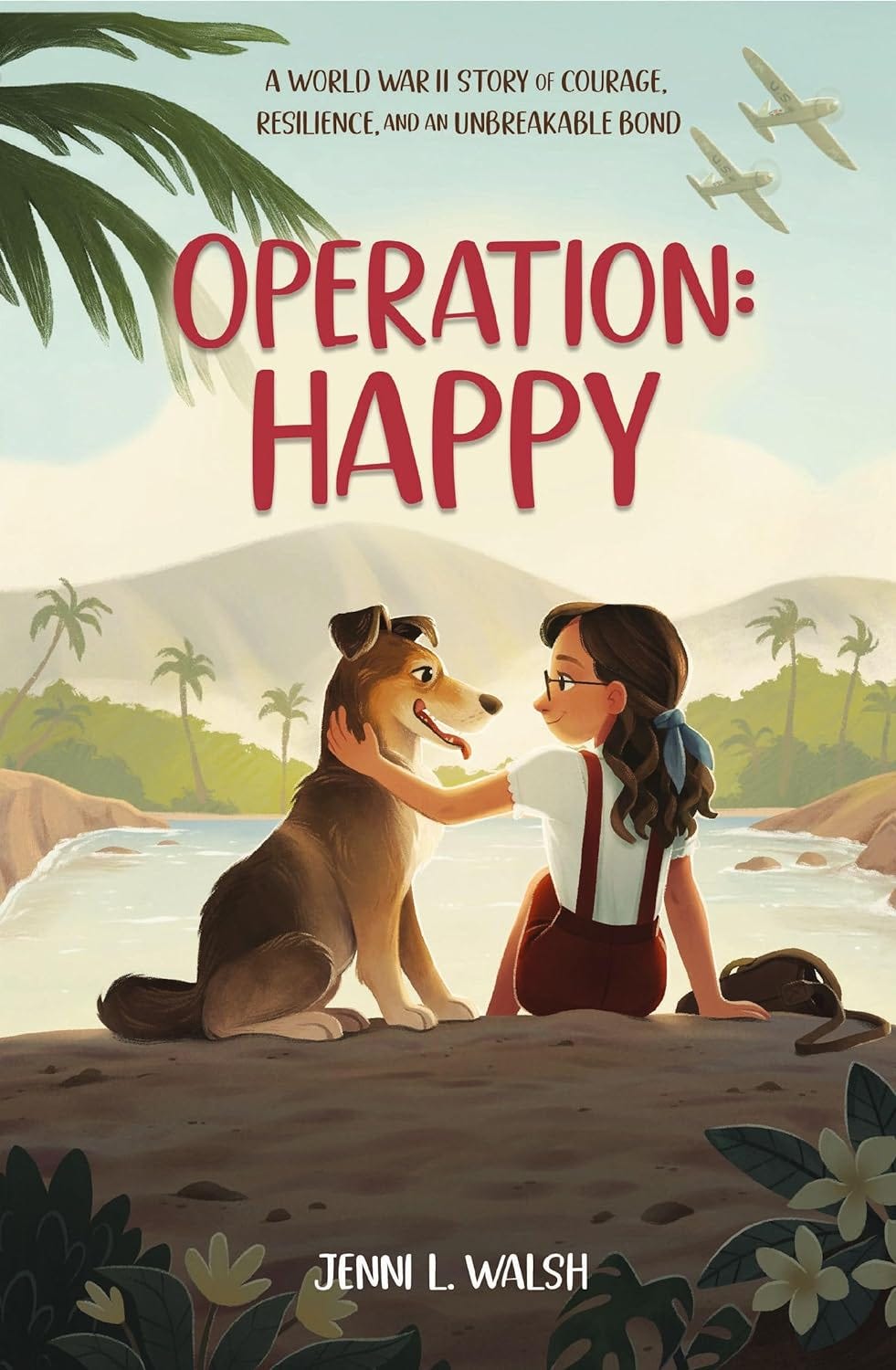
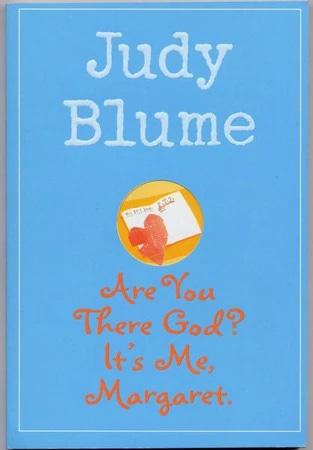




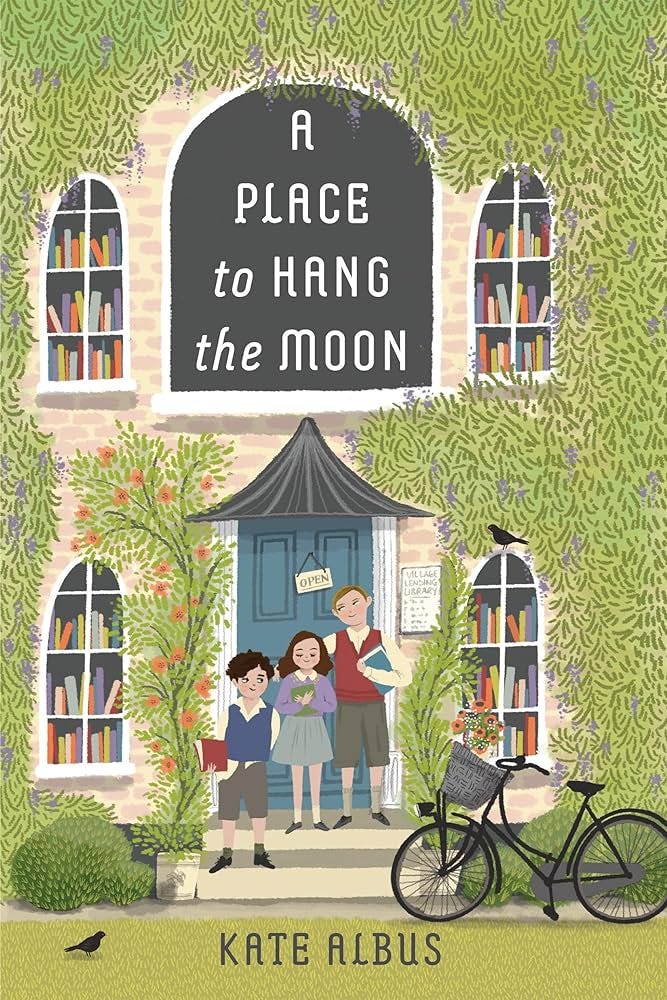



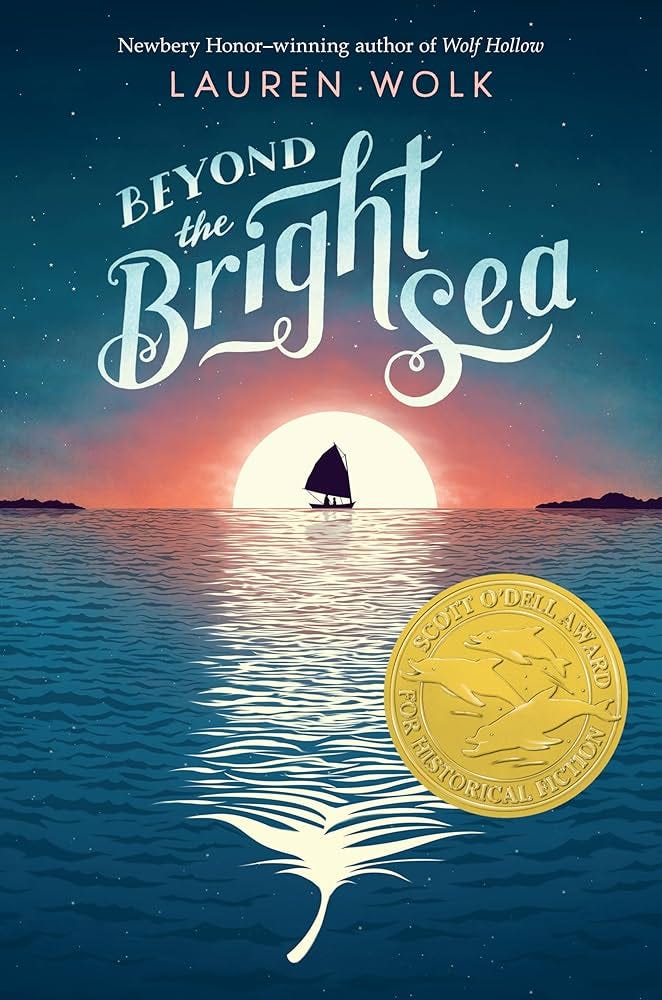
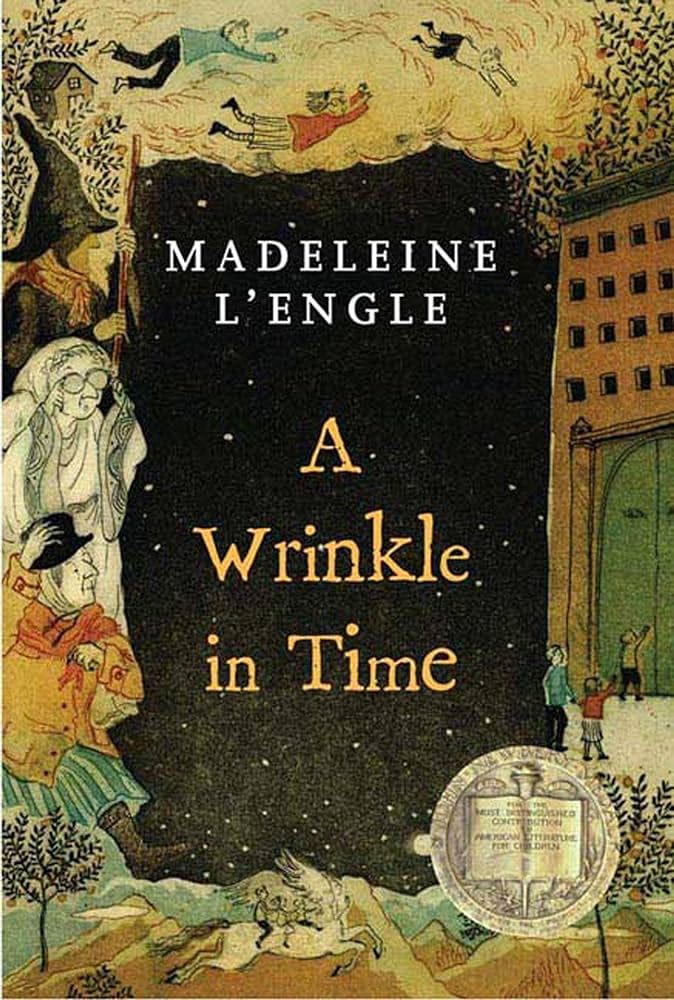
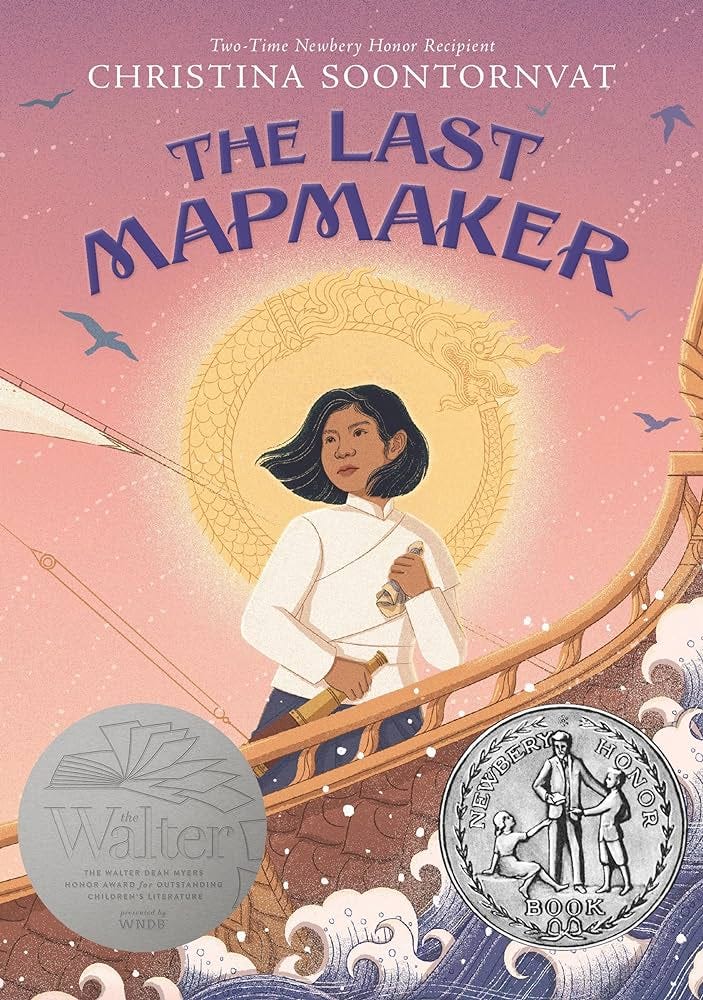

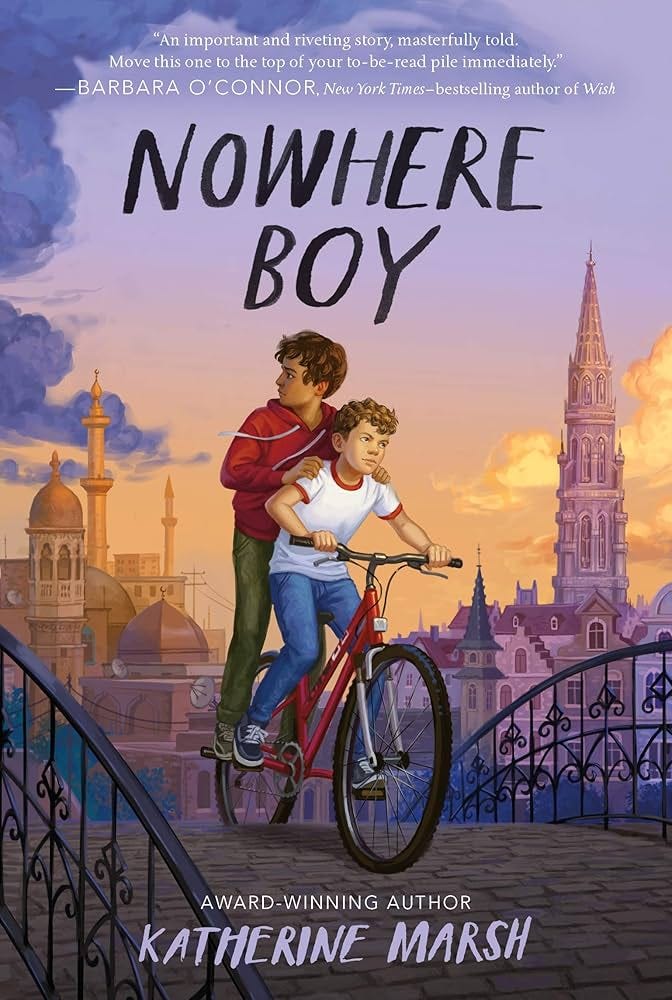

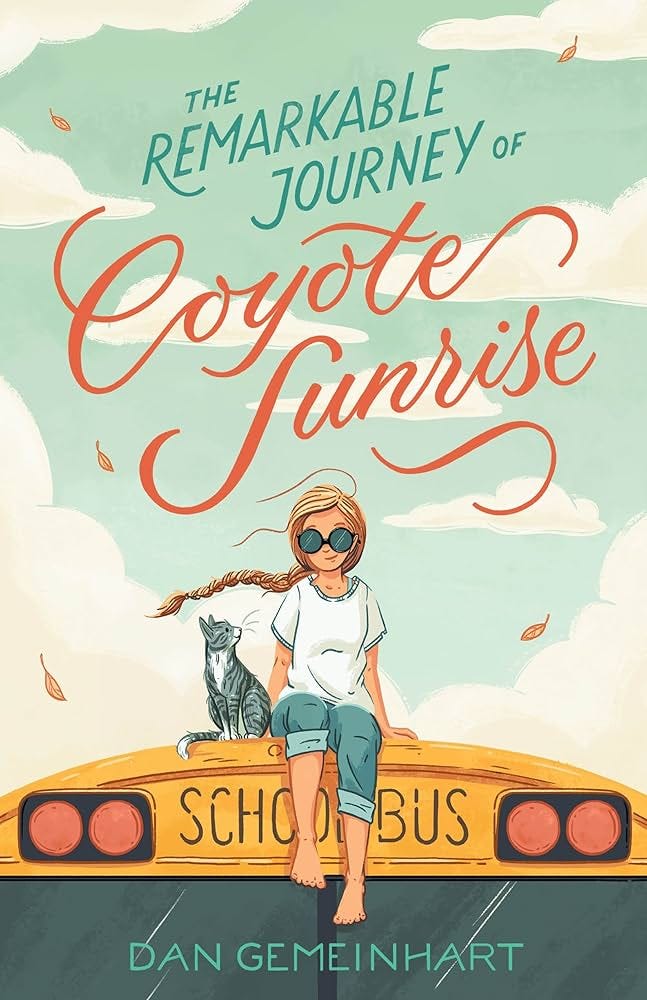
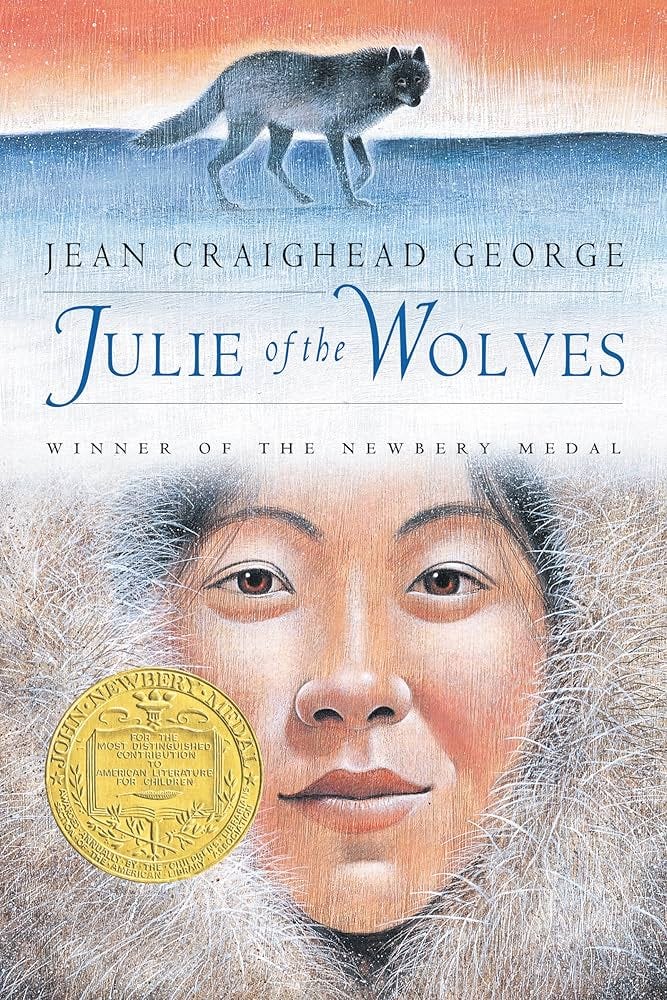
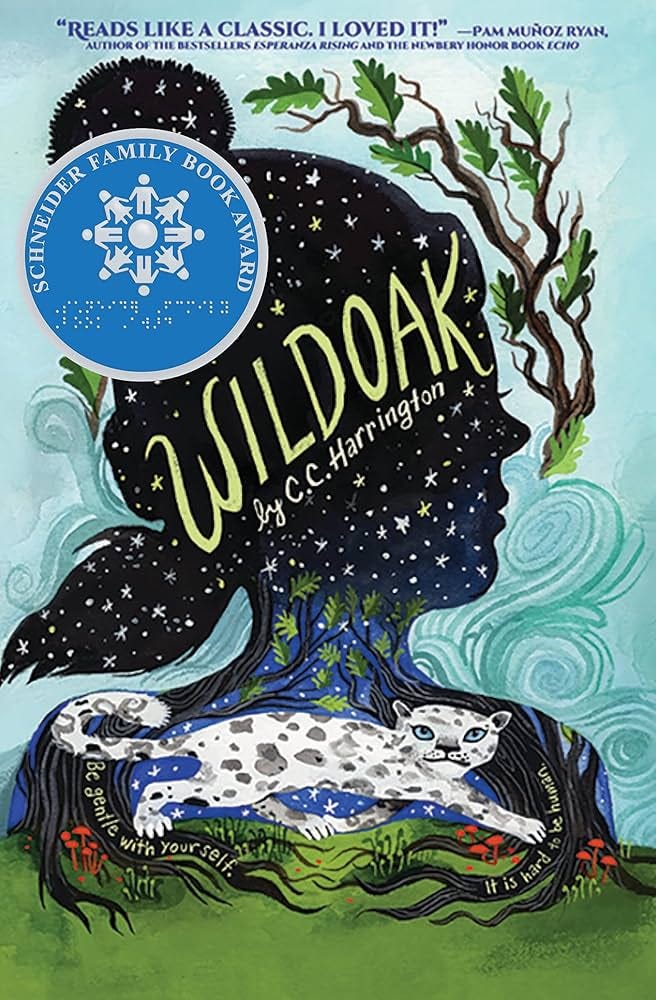
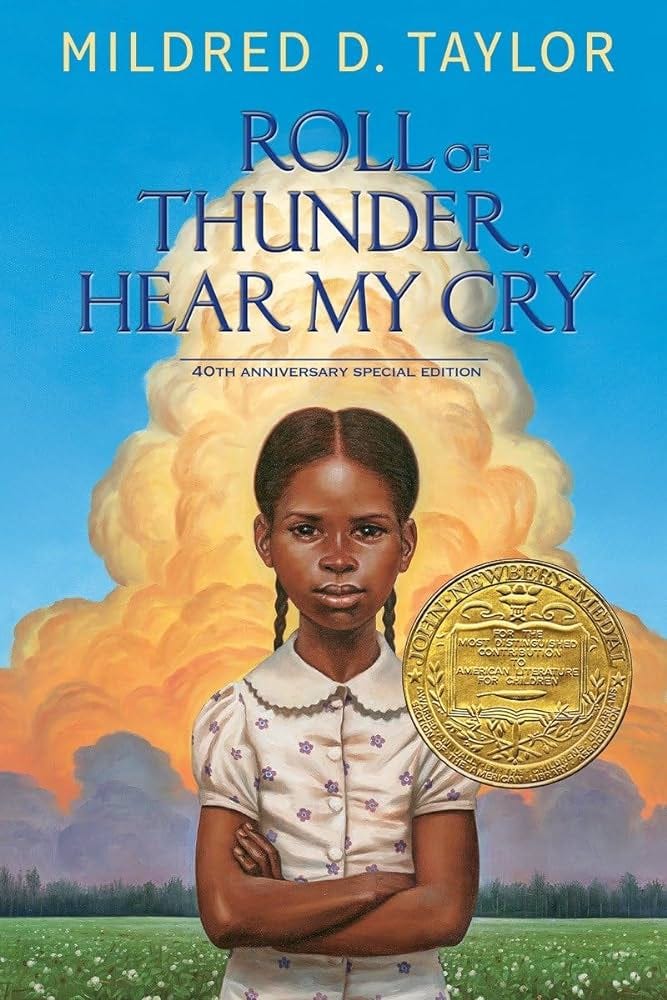
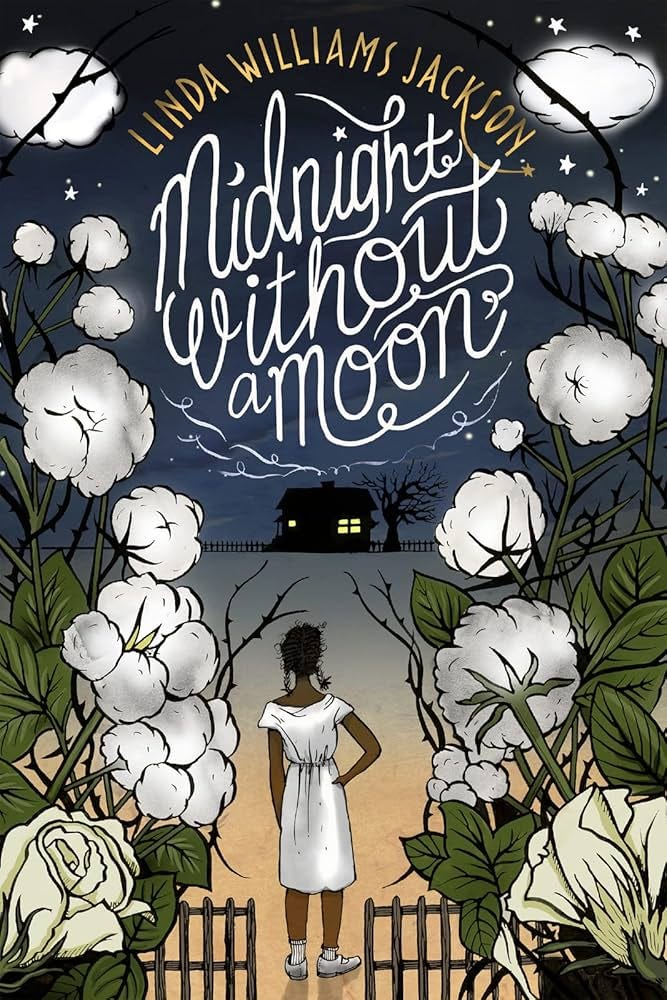
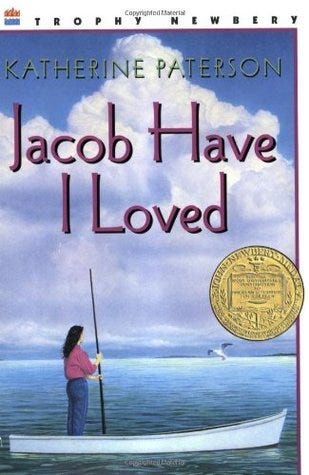
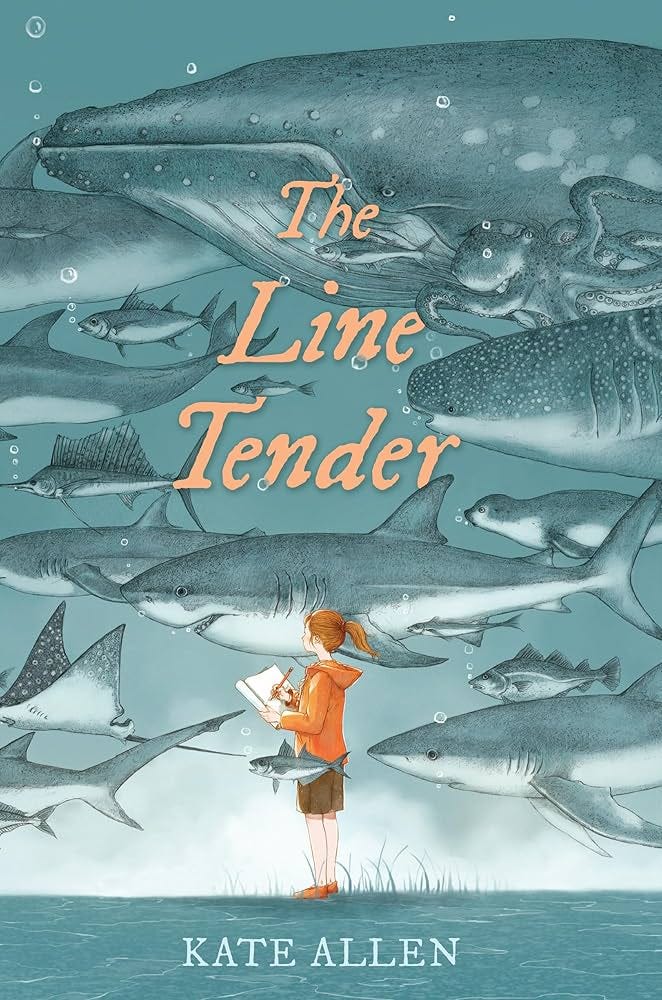
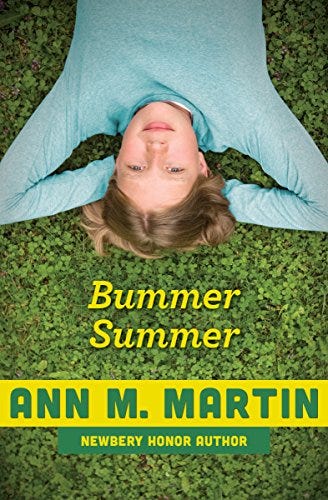

Such a cool idea! And great “match-ups”!
I love, love, love this! Thanks for putting these matches together, and for taking me down nostalgia lane with my own memories of reading many of these titles in the 80s. A list I'll save for sure!